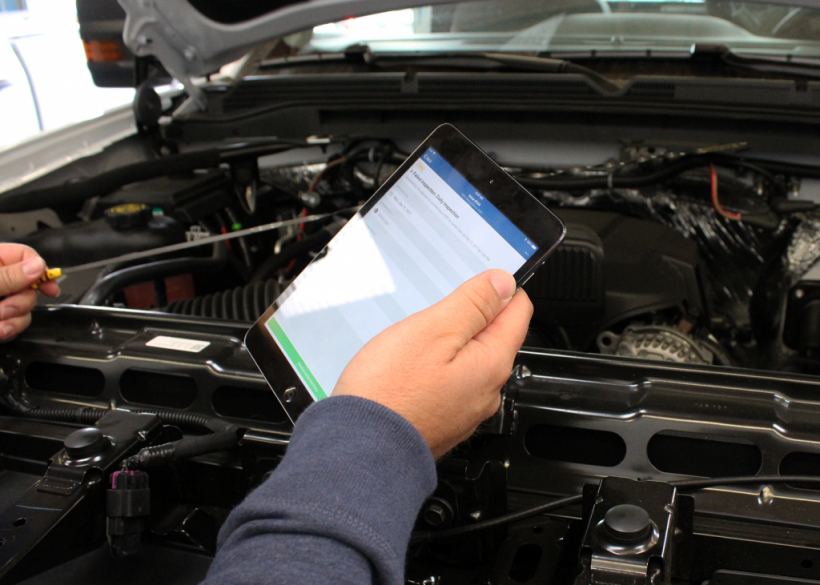When a vehicle becomes involved in an accident, the car’s performance may be impacted at different levels. If you’re planning to buy a secondhand car, you should know how to check for existing problems and potential issues as well as previous accident history, if any.
Physically evaluating a car, requesting for its service history, and performing a test drive can give you an idea if your vehicle is a dud or a hidden gem. That said, here’s how to conduct a proper inspection on a car for previous damages and potential problems so you can drive away with a great performing car at a reasonable price.
Why Should You Check If A Car Has Been In An Accident?
A car is a complex and interconnected piece of machinery. Once it figures in a collision, no matter how small, other parts that you think may not be impacted could actually be functionally impaired.
For instance, if you’ve been rear-ended, there are chances that your car suspension may be affected by the minor bump. That being said, any unusual impact on the vehicle could put excessive stress on some parts, possibly cutting its lifespan short.
Ultimately, repairs done after the collision, no matter how good, can no longer ensure that the vehicle will have its performance restored. For these reasons, and with depreciation being a separate matter, the vehicle should be sold at a lower price.
How to Check A Car’s History
1. Determine The Car’s Vehicle Identification Number (VIN)
Obtaining the car’s identification number opens the door to a wealth of information about the vehicle’s history. This 17-character alphanumeric code will show you the basic and specific information about the vehicle. Typically, the VIN is found on the lower left corner of the dashboard on the driver’s side. This code is essential in finding out more about the history of the vehicle—car accident information included.
2. Get The Vehicle History Report
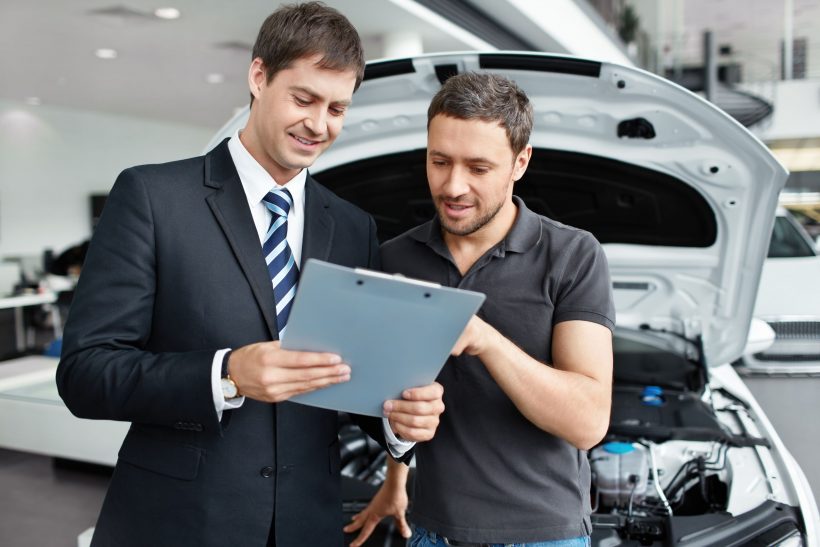
Online services such as Car Reg Checks offer free basic vehicle history report (VHR). If you want an in-depth history report that includes the previous owners of the car, the mileage, car repairs, and services availed, as well as finding out if the car was reported as stolen, then you may need to purchase a complete VHR.
Some accident repairs may not reflect in the VHR if the owner paid for the costs upfront and did not avail of car insurance reimbursements.
3. Check The Fender And Bumper For Signs Of Damage
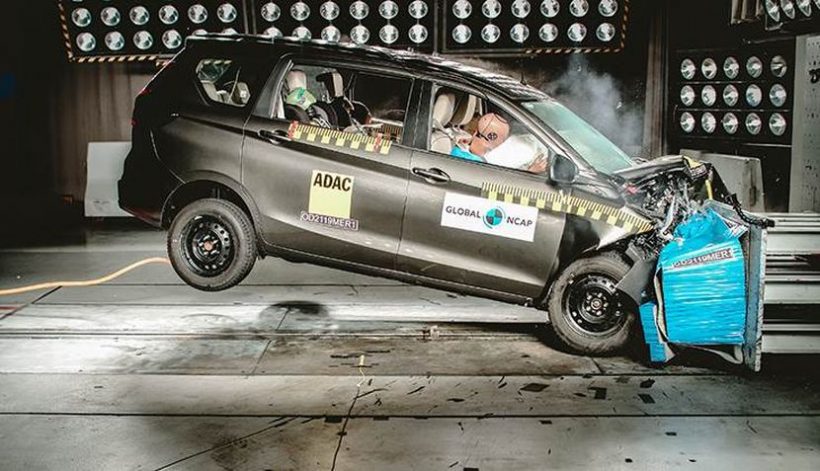
Vehicle crash tests conducted by Global New Car Assessment Program (NCAP) involves front, side, and back collisions. These tests are often the basis for car safety ratings.
In real life, minor car accidents are also called fender benders. That’s because when the car is involved in an accident, the first parts to break are typically the fender and bumper. These car parts are typically made from hard plastics these days.
Some damages may not be too obvious, so you need to run your hands through the fender and bumper to check for cracks and deformities.
4. See If The Side Body Is Aligned Or Deformed
There may be various causes of car accidents, but the most common impact sites are the front, back, and side portions. So after looking at the fender, continue checking the vehicle’s side areas to give you clues on its accident history.
Bend and place your cheek close to the car’s body. Look straight ahead, then focus on the vehicle’s body. Ideally, it should be straight, with the paint looking smooth. If there are any bumps or distortions, they’re likely signs that the vehicle’s body has been worked on. Doors may have been replaced or deformed as a result of a previous car collision.
If the car you’re looking at has them, it doesn’t mean that you should walk away from the deal. Reserve your decision until you’ve finished your checks.
5. Inspect The Body Panel And Car Doors
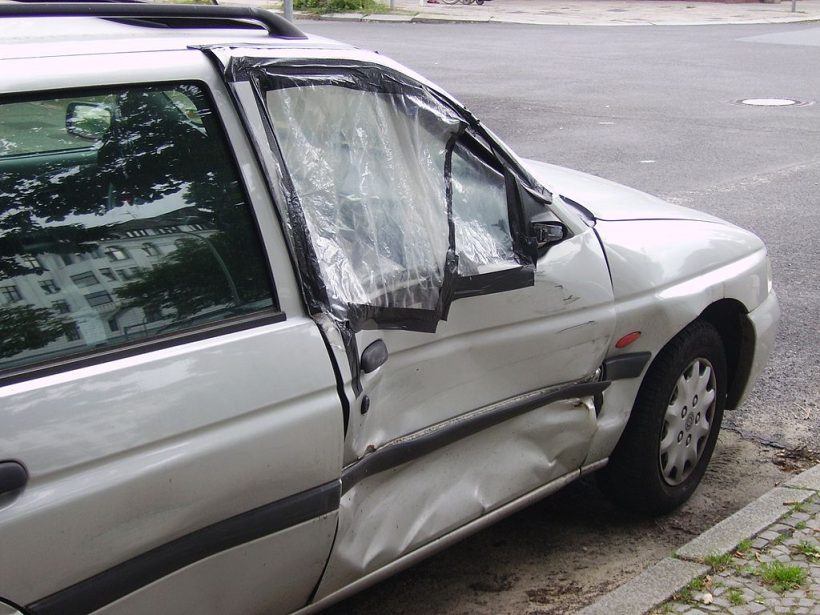
If major works have been done on a car’s body after a major accident, you’ll likely notice gaps and uneven portions along the door and body panels. In the absence of a collision, the gaps will look flush and even, no matter which angles you’re looking from. The opposite is true for vehicles that’ve had significant repairs due to impact.
Apart from the doors, also check the hood and trunk for misalignment as they can be indications of body repair too.
6. Look Closely At The Surface And Edges
A vehicle can be repainted out of the previous owner’s whim or, on a more serious note, after an accident repair. Still, it can be useful for potential car buyers like you to know how to check for a repainted car.
All you have to do is to look closely at the vehicle’s doors and panels. Look for any signs of a fresh coat by looking at the edges. If you see any uneven colors or scratches, it could mean a former mishap. In addition, a new layer of paint after an accident may be visible upon closer inspection.
7. Don’t Be Afraid To Get Down And Dirty
The vehicle you’re looking to buy may have all the bells and whistles. But to get a rough idea of its workhorse potential, have the car lifted or slide under, to check for potential problems. Take a light with you to see whether there are under-chassis damage, rust, deformities, oil leaks, and other issues.
8. Cheap Replacement Parts
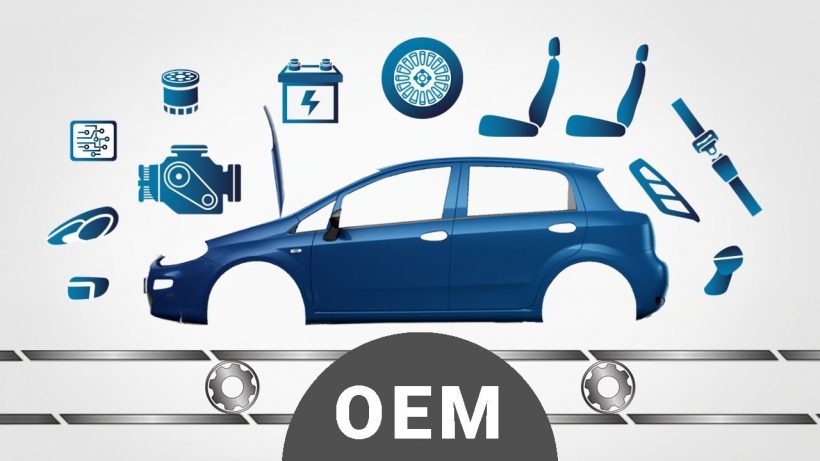
Depending on which state you’re in and the car manufacturer, busted car parts may either be replaced by original equipment manufacturer (OEM) or aftermarket replacement parts. Besides the price, with OEM being costlier in some cases, there are no major differences between the two.
That being said, some repair shops may have had difficulties looking for or had deliberately used cheap aftermarket parts to fix some components. Check the car for such parts and consider it a red flag.
9. Listen For Odd Sounds
Your sense of sight and touch are not the only ones useful in checking a car for previous mishaps. You can also listen to unusual sounds when opening and closing the door, stepping on the clutch or brake pedals, or checking the trunk. Keep your ears open for unusual noises upon starting the ignition or when the engine is idling. These may be giveaway signs of a previous car accident.
10. Take Your Trusted Mechanic With You

If you want to make sure that the vehicle is in good condition but know very little about conducting car inspections, it’s better to take your trusted mechanic with you. Make sure your mechanic is qualified and experienced. A good mechanic knows which essential parts and systems to check. He or she should be able to work on your interests and help you decide how to move forward.
11. Request For A Test Drive
After physically checking the car, it’s time to take it for a test drive to see how the engine performs. Sometimes, a vehicle looks too good on paper and may have all the features you’re looking for. But if it doesn’t feel great to drive on, it may not be the car for you.
The Rundown
When buying a used car, don’t be afraid to get physical with it. Run your hands all over the car body to check for invisible bumps or blemishes. Start the engine up and keep an ear out for unusual noises. Better yet, online services provide your chosen car’s history or bring your mechanic with you. If all else fails, there’ll be other used cars for you out there.

